
Preparation Checklist for a Trip to Japan
Preparing for a trip to Japan can be an exciting experience filled with anticipation and planning. Japan is known for its unique blend of traditional and modern attractions, from historic temples and shrines to bustling cities and high-tech innovation. With the right preparation, you can make the most of your journey and enjoy a smooth, memorable trip. This checklist covers all essential steps to help you prepare, from understanding entry requirements to packing efficiently for Japan’s diverse climate and cultural norms.
Contents
1. Entry Requirements and Travel Documents
6. Managing Currency and Budget
7. Learning Basic Japanese and Cultural Etiquette
1. Entry Requirements and Travel Documents
Before you head to Japan, ensure that your travel documents are in order. Most travelers need a valid passport, and depending on your nationality, a visa may be required. Japan has specific entry policies based on the length and purpose of your stay, so verify the requirements with the Japanese consulate in your country.
Essentials: Passport (with at least six months validity), a printed itinerary, hotel bookings, and any required visas. It’s also wise to have a copy of your travel insurance policy and contact information in case of emergencies.
2. Planning Your Itinerary
Japan offers an extensive range of attractions, and planning your itinerary in advance will help you make the most of your time. Consider prioritizing major destinations such as Tokyo, Kyoto, Osaka, and Hokkaido, depending on your interests.
Research Key Sites: Look into specific attractions, local festivals, and events that align with your travel dates. Booking tickets for popular spots like the Tokyo Skytree, Universal Studios Japan, or the Ghibli Museum ahead of time can help you avoid long lines or sold-out days.
3. Booking Accommodations
Booking your accommodations in advance is essential, especially during peak travel seasons like cherry blossom season in spring and the autumn foliage period. Japan offers a variety of accommodations, from luxury hotels and traditional ryokan inns to affordable hostels and capsule hotels.
Options to Consider: For a more traditional experience, try staying in a ryokan, where you can enjoy tatami rooms and onsen hot springs. If you prefer modern amenities, major cities like Tokyo and Osaka have a wide range of Western-style hotels.
4. Transportation Essentials
Japan has one of the most efficient and convenient public transportation systems in the world. The Japan Rail Pass is a popular choice for international tourists, allowing unlimited travel on most JR trains, including Shinkansen (bullet trains), for a set number of days. If you plan to explore multiple regions, the JR Pass can be a cost-effective option.
Local Transit Options: In addition to the JR Pass, consider getting an IC card, such as a Suica or Pasmo card, which can be used on subways, buses, and even in many convenience stores. This card is rechargeable and simplifies travel within cities.
5. Packing Guide for Japan
Packing appropriately for Japan’s climate and culture can make a significant difference in your travel experience. Japan has four distinct seasons, and the weather can vary widely depending on the region. Here are some essentials to consider for each season:
Spring (March to May): Lightweight clothing, a light jacket, and comfortable walking shoes for cherry blossom season.
Summer (June to August): Lightweight, breathable clothes, sunscreen, a hat, and insect repellent. The summer can be hot and humid, especially in cities.
Autumn (September to November): Layered clothing, a warm sweater, and a light jacket to enjoy the cooler temperatures and colorful foliage.
Winter (December to February): Warm clothing, a coat, gloves, and comfortable boots, especially if visiting northern areas like Hokkaido.
6. Managing Currency and Budget
Japan is primarily a cash-based society, so it’s advisable to have yen on hand, especially when traveling to rural areas where card payments may not be accepted. ATMs in convenience stores, post offices, and banks allow for easy currency withdrawal using international cards.
Money-Saving Tips: To save on costs, consider eating at convenience stores, local markets, and affordable restaurants. Many attractions also offer discounts with passes like the Tokyo Metro 24-hour Ticket and regional travel passes.
7. Learning Basic Japanese and Cultural Etiquette
Learning a few basic Japanese phrases and understanding cultural etiquette can greatly enhance your experience. Greetings like “konnichiwa” (hello), “arigatou” (thank you), and “sumimasen” (excuse me) are appreciated by locals.
Cultural Tips: Bowing is a common form of greeting, and removing your shoes when entering homes, temples, and some restaurants is customary. Being aware of quietness on public transportation and proper behavior in shared spaces is also essential in Japan.
8. Safety and Health Preparations
Japan is considered one of the safest countries for travelers. However, it’s still wise to be prepared. Travel insurance is highly recommended to cover any unexpected medical expenses or travel disruptions.
Essential Safety Tips: Register your travel itinerary with your country’s embassy in Japan if available. Also, Japan is located in an earthquake-prone region, so it’s useful to know basic earthquake safety protocols.
9. Final Tips for a Smooth Trip
With your preparations in place, here are a few additional tips to ensure a seamless journey:
Stay Connected: Consider renting a pocket Wi-Fi device or getting a local SIM card for reliable internet access. Many cafes, hotels, and public areas also offer free Wi-Fi.
Respect Local Norms: Japanese culture values respect, cleanliness, and orderliness. Following local customs, such as being mindful of noise levels, disposing of trash properly, and following signs, will enhance your experience and interactions with locals.
Conclusion
With thorough preparation, your trip to Japan will be both enjoyable and memorable. By covering these essentials—from entry requirements and packing to understanding cultural norms and staying safe—you can confidently embark on your journey. Japan offers a unique blend of experiences, and with this checklist, you’ll be ready to embrace all the country has to offer. Safe travels!
Share
You may also like
-

Visiting Japan’s Love Hotel Districts: What to Expect
Japan’s love hotel districts are famous for their unique and fascinating blend of privacy, creativity, and a touch of...
-

Top 10 Late-Night Dining Spots in Tokyo’s 24-Hour Cafes
Tokyo’s vibrant nightlife extends well beyond bars and nightclubs, with a thriving late-night dining culture tha...
-

Best Night Tours in Tokyo for After-Dark Adventures
Tokyo’s nightlife is renowned for its energy, vibrancy, and unique blend of traditional and modern experiences. From ...
-

Japan’s Late-Night Food Culture: 8 Best Street Eats
Japan’s late-night food culture is a vibrant experience, especially in bustling cities like Tokyo and Osaka, where de...
-

7 Rooftop Bars in Tokyo for Stunning Views
Tokyo’s rooftop bars offer some of the best ways to soak in the city’s skyline while enjoying drinks, atmosphere, and...
-

10 Best Nightclubs in Tokyo for Dancing and Music Lovers
Tokyo's nightlife is renowned for its variety and energy, with nightclubs that range from high-energy dance floors to...
-

8 Themed Bars and Cafes You Need to Visit in Tokyo
Tokyo is famous for its creative and quirky themed bars and cafes, offering immersive experiences for locals and...
-

Tokyo Nightlife Guide: Shinjuku, Shibuya, and Roppongi Highlights
Tokyo’s nightlife is legendary, offering a mix of vibrant energy, entertainment, and unique experiences in some of it...
-
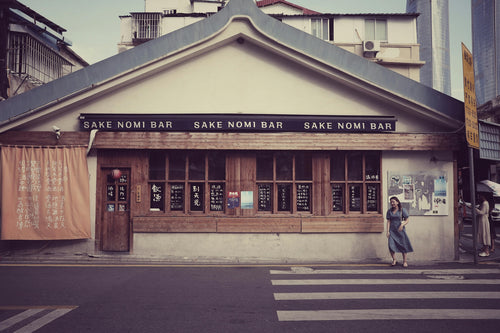
7 Best Japanese Sake Bars in Tokyo
Tokyo is home to some of Japan’s best sake bars, offering both locals and visitors an opportunity to explore the...
-

Top 6 Observation Decks in Tokyo for Scenic Views
Tokyo’s observation decks offer some of the best panoramic views of the city, giving visitors a chance to see th...
-
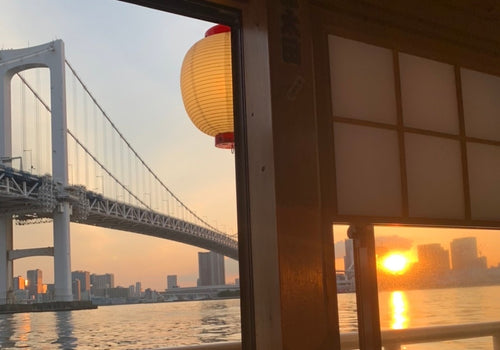
Night Cruises in Tokyo: Enjoy the City Views
Tokyo’s skyline is mesmerizing at any time, but experiencing it from the water on a night cruise adds a magical ...
-
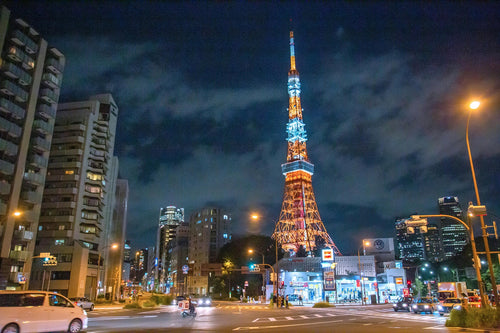
Roppongi Art and Nightlife Guide
Roppongi is one of Tokyo’s most vibrant districts, known for its lively nightlife, sophisticated art scene, and ...
-
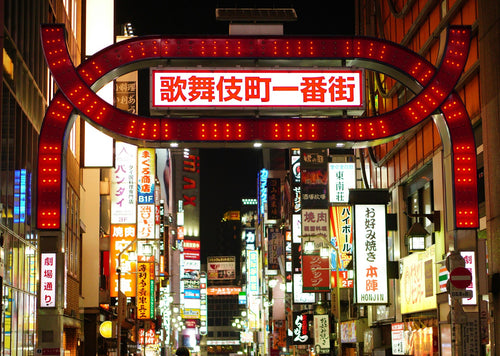
Nightlife Guide to Shinjuku Kabukicho
Shinjuku’s Kabukicho district, known as Tokyo’s “Sleepless Town,” is the center of nightlife in Tokyo. Renowned ...
-

6 Best Night View Spots in Tokyo
Tokyo at night is a breathtaking spectacle, with illuminated skyscrapers, iconic landmarks, and bustling streets that...
-

Top 12 Sake Breweries in Japan for Tasting and Tours
Japan’s sake culture is celebrated around the world for its depth, complexity, and rich history. Sake, or nihons...
-
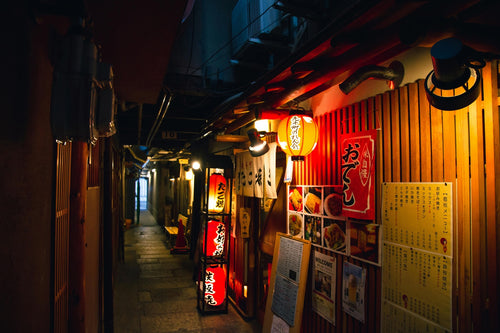
How to Enjoy a Night at a Japanese Izakaya
Japanese izakayas are casual, lively spots where locals gather after work to enjoy drinks, share small plates, a...
-

Exploring Karaoke Culture in Japan: 8 Best Places to Sing
Karaoke is an integral part of Japanese culture, offering a fun and entertaining way for friends, family, and even co...
-

5 recommended bars in Golden Gai
Golden Gai, nestled in the heart of Tokyo’s Shinjuku district, is one of the city’s most iconic bar districts. Known ...
-
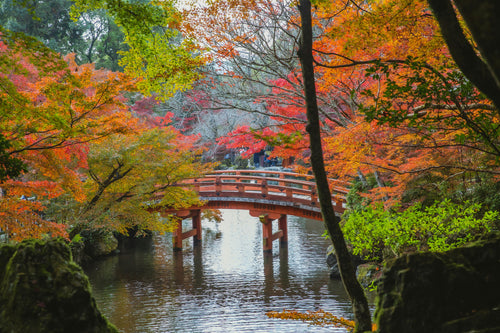
10 Japanese Gardens You Should Visit for Tranquility
Japanese gardens are renowned for their beauty, tranquility, and intricate designs that reflect harmony with nature. ...
-

Japan’s Kimono Heritage: Symbolism, Style, and Where to See
The kimono, Japan’s traditional garment, is a beautiful and symbolic representation of Japanese culture. From its int...
-
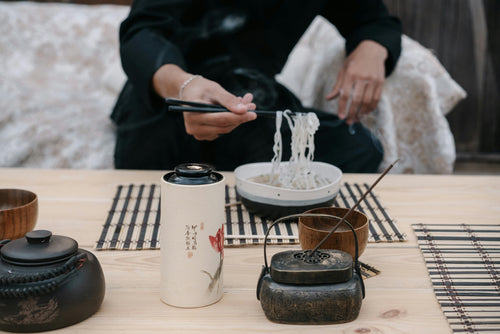
Etiquette Essentials for Visitors to Japan
Japan’s culture is rich in respect, politeness, and consideration, making etiquette an essential part of daily l...
-

7 Best Places to Discover Japan’s Samurai History
Japan’s samurai history is one of honor, skill, and deep cultural influence, stretching back centuries and leaving an...
-
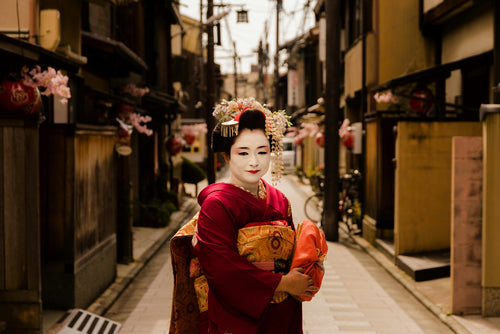
Geisha Culture in Japan: Myths and Realities
The world of geisha, Japan’s skilled performers and keepers of traditional arts, has long intrigued people around th...
-

Japan’s Unique Architecture: Top 8 Traditional and Modern Landmarks
Japan is renowned for its unique blend of ancient architectural heritage and cutting-edge modern designs. From c...
-
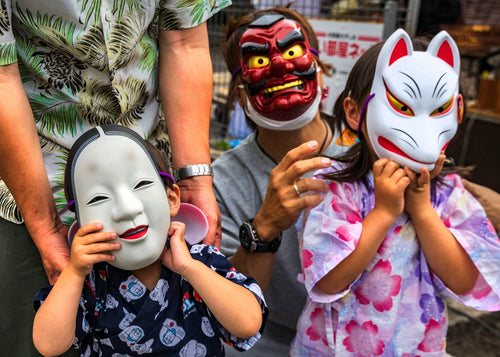
10 Traditional Japanese Festivals (Matsuri) You Can’t Miss
Japanese festivals, or *matsuri*, are vibrant celebrations of cultural heritage, featuring elaborate costumes, l...
-
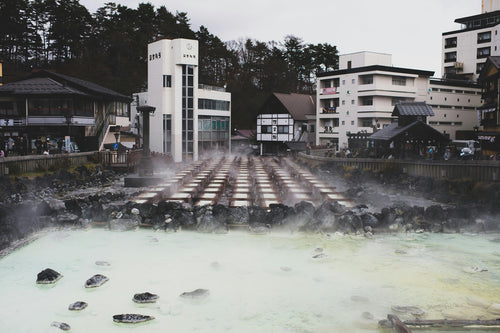
Japan’s Three Great Onsen: A Guide to Famous Hot Springs
Japan is famous for its natural hot springs, or *onsen* (温泉), offering visitors a unique opportunity to relax and rej...
-

Japanese Art Exploration: Best Spots to Enjoy Art in Japan
Japan is a country rich in artistic heritage, from centuries-old traditional crafts to modern, innovative instal...
-

Guide to Japan’s Fireworks Festivals: When and Where to Go
Japan’s summer fireworks festivals, known as "hanabi taikai" (花火大会), are among the most anticipated events in th...
-
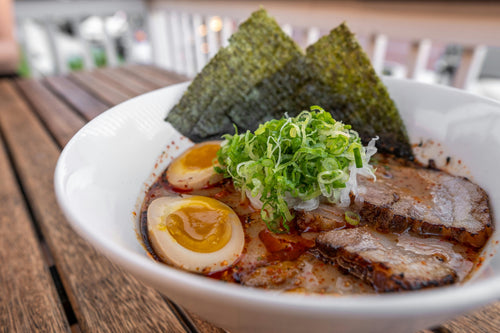
Where to Experience Ramen-Making Classes in Japan
Ramen is one of Japan’s most beloved dishes, with countless regional styles and flavors that attract food lovers from...
-
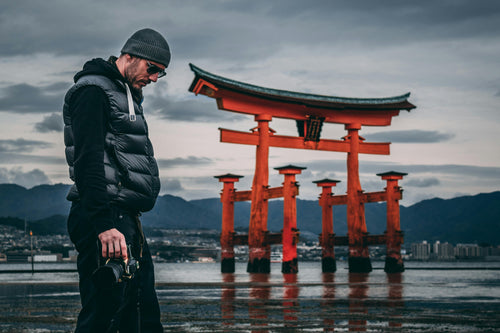
Power Spot Tours: Japan’s Famous Temples and Shrines
Japan is a land steeped in spiritual history, and visiting its temples and shrines provides not only a glimpse i...
-
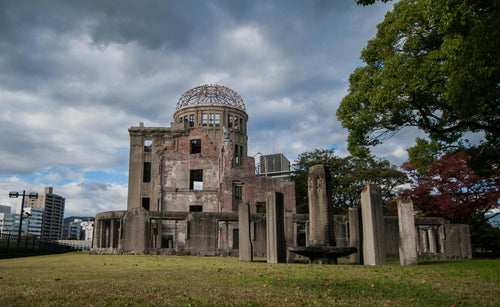
UNESCO World Heritage Site Tour Guide in Japan
Japan is home to numerous UNESCO World Heritage Sites, each offering a glimpse into the country’s rich cultural herit...
-

5 Famous Japanese Castles: History and Highlights
Japan is home to some of the most beautiful and historically significant castles in the world. Built during the feuda...
-
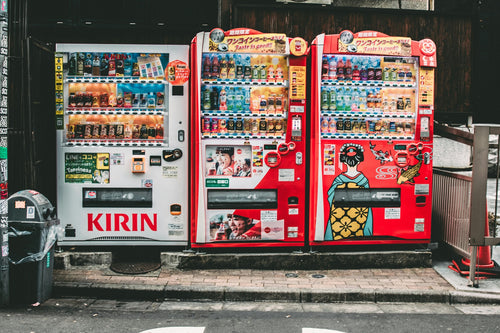
10 Unique Drinks to Try from Japanese Vending Machines
Japan is famous for its vending machines, offering an incredible variety of drinks that go beyond just soft drinks an...
-
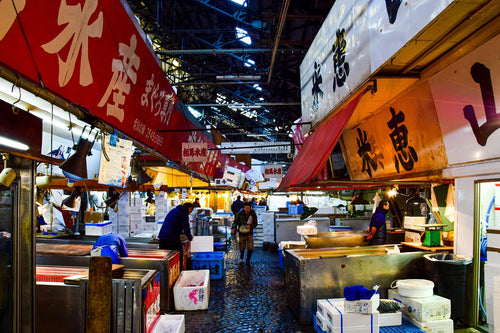
Tokyo Market Guide: Exploring Tsukiji and Toyosu Markets
Tokyo's Tsukiji and Toyosu Markets are must-visit spots for food lovers and anyone interested in Japan’s rich culinar...
-
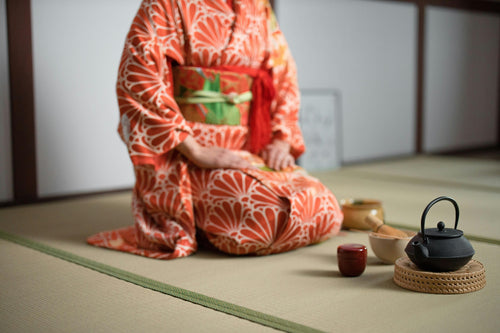
Experiencing Traditional Tea Ceremony in Tokyo
The Japanese tea ceremony, or "chanoyu," is a cultural experience steeped in tradition, aesthetics, and mindfulness....
-
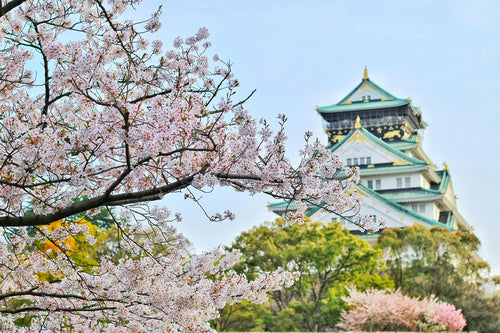
Top 7 Cherry Blossom Viewing Locations in Tokyo
Springtime in Tokyo is synonymous with the cherry blossom season, a breathtaking period when the city’s parks, rivers...
-
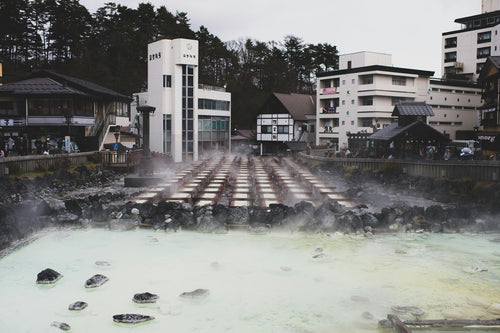
What is Onsen? A Guide to History, Benefits, and Etiquette
Onsen, Japan’s cherished hot spring culture, offers a unique blend of relaxation, scenic beauty, and deep-rooted trad...
-

What is Sake? Its Production Method and History
Sake is a traditional Japanese alcoholic beverage made from fermented rice. It has been enjoyed in Japan for over a t...
-

8 hot springs with beautiful scenery near Tokyo
Tokyo is a bustling metropolis, but just outside the city are some of Japan's most serene hot springs, or onsens, off...
-

Top 10 museum to visit in Tokyo
Tokyo is home to a diverse range of museums that cater to all interests, from art and history to technology and pop c...
-
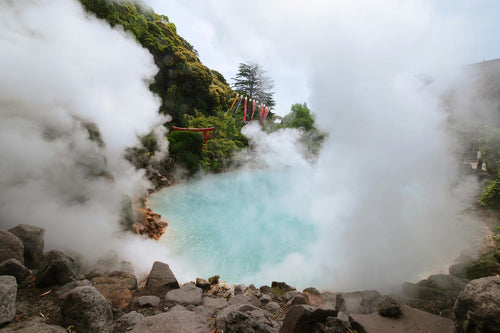
9 Best Hot Spring and Bathhouse in Tokyo
Tokyo is known for its vibrant urban energy, but it's also a fantastic place to relax and rejuvenate in hot springs (...
-
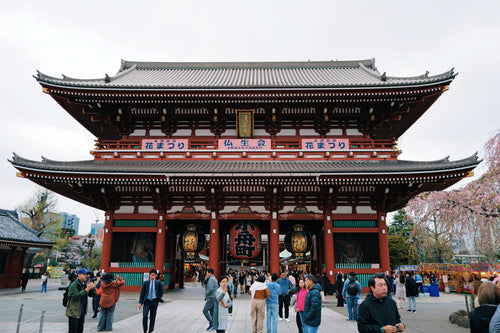
15 Famous Temples and Shrines to Visit near Tokyo
Tokyo and its surrounding areas are home to many famous temples and shrines that showcase Japan's rich spiritual and ...










































